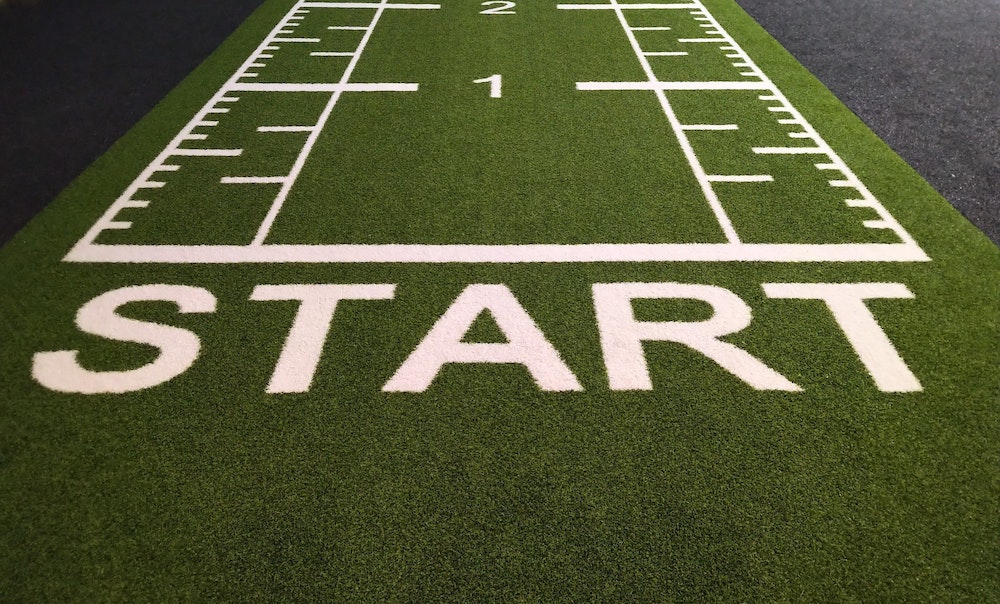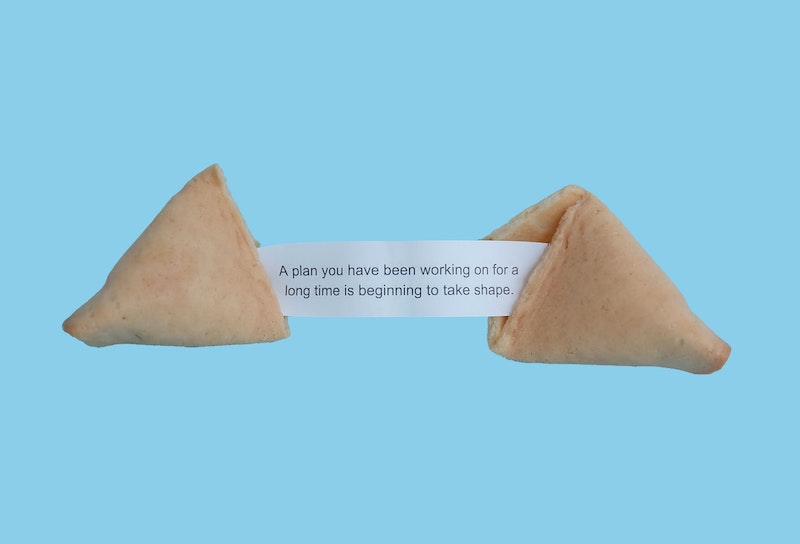Following our QuickRead on Categorising and Prioritising Ideas Part 1, we walked you through some…

ChangeWise QuickRead : SECAR for Process Efficiency
Once you’ve completed your Lean analysis and have a detailed understanding of what’s happening in your current process, it can feel a little overwhelming trying to design the improved future state. However, there are a wealth of helpful tools to point you in the right direction and get you started on your Lean journey.
In this QuickRead, we focus on an improvement technique called SECAR. We take a look at what it stands for, the benefits of using SECAR and how you might apply it to your process.
At ChangeWise, we find this technique particularly useful for clients working on their first Lean improvement assignment because it is easy to understand and apply.
What is SECAR?
SECAR is a 5-step improvement process which stands for Simplify, Eliminate, Combine, Automate, Relocate It can support organisations when they are looking to identify potential solutions to business issues, and it is an effective tool for Continuous Improvement.
What are the benefits of using the SECAR technique?
SECAR is not just for complex, multi-function processes, it is also extremely useful when looking at simple, small process improvement activities. If an element of SECAR is not applicable, it can be missed – each step is highly effective on its own and the tool can be applied to pretty much any business issue.
⭐️ Easy to understand
⭐️ Very little training required
⭐️ Makes a great Continuous Improvement Model
Let’s take a look at each of the SECAR elements in turn using a Financial Loan Processing Operation example to help.

Simplify
This element focuses on simplifying the process so that it is easier to follow and understand. We are encouraged to examine the current state for opportunities to minimise work effort, processing and touch time.
For example:
Due to historic reasons, the current state Financial Loan operation is based across two different processing sites, and each site uses a different application to log incoming demand. This variation will likely result in defects and an inconsistent experience for the customer. Therefore, it makes sense to simplify by looking at which database better suits customer needs, using only one application across both sites.
Potential Benefits:
⭐️ Better demand management (a single system means staff can support demand from both sites).
⭐️ Reduced defects due to reduced variation and a system that better serves business needs.
⭐️ Reduced costs as licenses and support will be for one system and not two.
⭐️ Improved customer service due to a consistent experience.
⚠️ Remember: It makes sense to not only standardise applications for the two regional centres, but to also look within each team to agree ‘one best way’. This will enable staff to move between teams and carry out the same functions without causing unnecessary errors and rework.
Eliminate
This element involves simply stopping doing……remove the non-value add, wasteful steps within your process. This often means eliminating entire work procedures, functions or hand-offs and it can result in some very quick wins from a cost and efficiency perspective.
For example:
Loans over £500 are passed to the Team Leader for approval. However, a review of the data shows that 100% of loans up to £2,000 are always approved – and this accounts for 80% of overall demand. Therefore, we have a very strong reason to question the value of the approval process for loans between £500 – £2,000. If they are always approved, a Lean suggestion would be to eliminate this step and only pass loan requests in excess of £2,000 to Team Leaders for approval.
⚠️ Remember! Lean methodology encourages empowerment at the operator level, and appreciates that those who touch the process are the best people to design the future state.
Potential Benefits:
⭐️ Significant reduction in processing time, resulting in increased customer satisfaction due to shorter loan approval times
⭐️ Increased employee satisfaction
⭐️ Improved demand management as less processing time required due to reduced hand-offs, so throughput is significantly increased
Combine
Combining process steps, challenging organisational boundaries and consolidating functions and tasks will all lead to a more efficient future state.
For example:
In the current state, the New Applications Team check the applications for missing data, chasing the customer for more information when required. Applications are then sent through to an operations team for processing. However, 30% are returned to the New Applications Team for further chasing of data/information. This causes further delays to the customer, additional non-value add processing time and rework. When designing the future state, it would make sense to combine these teams so that the case handler follows up any missing data, this would reduce wait times, hand-offs and eliminate errors.
⚠️ Remember! As part of Continuous Improvement, the above example would be our first step. It would then be necessary to analyse and categorise the types of missing data so that we could get to the root cause of the issue and eliminate at source.
Potential Benefits
⭐️ Improved demand management
⭐️ Increased employee satisfaction
⭐️ Reduced errors as a result of reduced variation
⭐️ Easier training process for new staff
Automate
Once the first 3 elements of SECAR have been exploited, we recommend looking at opportunities to automate parts of the process. This can help to further simplify process, enable standard ways of working and remove manual work, allowing employees to focus on more value-add activities.
⚠️ Remember! Many organisations make the mistake of introducing technology before applying Lean techniques such as Simplify, Eliminate and Combine. This is in the hope that a new system will remove all issues, saving wasted time and cost. However, we are all too often asked to support clients who find that their new system has failed to deliver the intended benefits – sometimes even exacerbating delays, errors and costs. We are not saying new systems are a bad idea, automation and technology are amazing – but Lean first! Start with a clean process, that way you will only spend what you need……good processes and data in, good processes and data out!
In addition, savings made through applying low cost Lean techniques first will help your business case when requesting more expensive, automated solutions later on.
For example:
Customers send loan applications through the post and due to their manual nature, essential information/data (post code, previous address) is missing for 40% of cases. Automating the process would not only reduce lead times but reduce errors as the system would not allow the customer to progress the application without providing the required information.
Potential Benefits
⭐️ Reduced errors
⭐️ Increased efficiency throughput
⭐️ Improved customer experience
⭐️ Reduced lead times
⭐️ Improved visibility of case progress
Relocate
The final element is Relocate to customer. This might involve looking for alternative locations or outsourced providers to encourage collaboration and gain-share incentives.
This can also mean relocating staff within your building or office.
For example:
Loan application sheets are sent to the operational administration team for work scheduling amongst the ops team, the ops team then pass completed applications to the customer contact teams for follow-up. To eliminate unnecessary handovers, work scheduling could be carried out by the operational teams, and the customer contact team relocated with the operational teams. This would reduce hand-offs and create a feedback loop, reducing the likelihood for errors and improving workflow.
⚠️ Remember! If you decide to outsource or use another provider to administer your process you will have lost the ongoing benefits of continuous improvement and if you haven’t applied the Simplify, Eliminate and Combine principles to your process first, then you can be sure they will! And they will charge you the price agreed for managing the non-lean process!
Potential Benefits
⭐️ Reduced errors
⭐️ Reduced lead times
⭐️ Improved demand management
⭐️ Increased work flow

In Summary
SECAR is a simple, easy to apply improvement tool for both large, complex process changes as well as simple, small process improvements. It works best when the first 3 elements Simplify, Eliminate and Combine are fully exploited, followed by Automate and Relocate. Effective use of SECAR can result in quick, impressive enhancements to your bottom line.
Want to learn more about how SECAR could be used to improve efficiency and customer satisfaction within your organisation? Contact us at info@changewise.co.uk and let’s get you started on your Lean journey!
Further Reading
Take a look at how some of our clients achieved substantial benefits through successfully applying the SECAR method:
📚 Metric Capture Deadlines
https://www.changewise.co.uk/case-study-metric-capture-deadlines-lean-review-productivity/
📚 Repair Alerts
https://www.changewise.co.uk/quick-glance-case-study-repair-alerts-lean-sixsigma-review/
📚 Reinstatement
https://www.changewise.co.uk/changewise-quick-glance-case-study-reinstatement-variation/
📚 Project Estimating
https://www.changewise.co.uk/quick-glance-case-study-project-estimating-lean-review/
📚 Customer satisfaction Scores
https://www.changewise.co.uk/quick-glance-case-study-customer-satisfaction-scores/
📚 Fleet Vehicle Demand
https://www.changewise.co.uk/lean-process-case-study-fleet-vehicle-demand/
📚 Metrics
https://www.changewise.co.uk/lean-improvement-process-customer-metrics/
ChangeWise believes employee engagement is the foundation for successful Change. Training and coaching your people to use simple continuous improvement techniques will enable your organisation to continuously adapt and stay ahead in a constantly changing and challenging environment.
For updates and interesting Lean Change insights, connect with us on LinkedIn.



